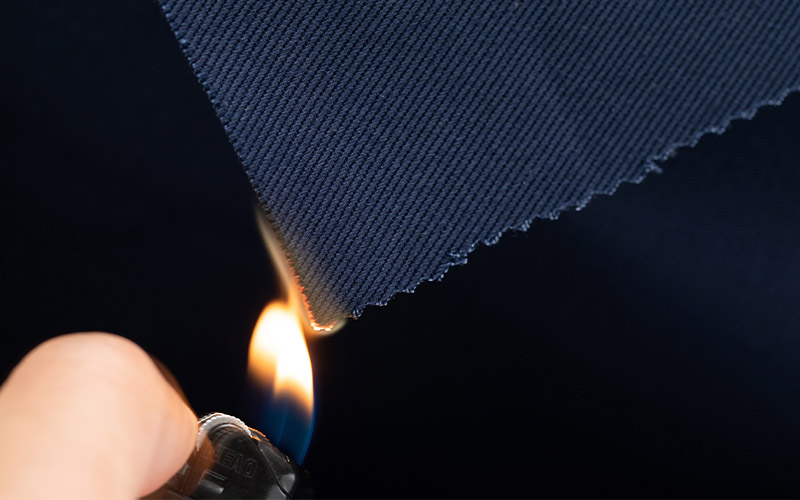- All
- Product Name
- Product Keyword
- Product Model
- Product Summary
- Product Description
- Multi Field Search
Language
Views: 0 Author: Site Editor Publish Time: 2025-10-29 Origin: Site








Currently, the textile flame retardant industry is at a critical juncture of technological innovation and market transformation. Driven by both rising safety standards and environmental protection demands, its development is characterized by environmental friendliness, high performance, and intelligentization.
Sustained Market Growth: Reports indicate that the global textile flame retardant market is projected to grow at a CAGR of 3.92%, reaching a total size of RMB 5.809 billion by 2032. The entire textile flame retardant treatment market is expected to reach nearly USD 2.198 billion by 2031, with a CAGR of 6.5%.
Clear Industry Chain: The upstream of the industry consists of chemical raw material supply, the midstream is the R&D and production of flame retardants, and the downstream covers three core areas: protective clothing, home textiles, and industrial textiles.
Diversified Application Needs: Flame retardants are developing specialized solutions based on different fiber materials (such as polyester, cotton, and aramid) and end-use scenarios (such as protective clothing, home furnishings, and industrial and commercial applications).

Overall, the future prospects for textile flame retardants are broad, exhibiting the following trends:
Market forces will increasingly favor high-efficiency, low-smoke, and low-toxicity halogen-free flame retardant products. Future research will focus on improving flame retardant efficiency while ensuring the physical comfort and environmental friendliness of fabrics.
Artificial intelligence will play a more significant role in predicting material properties, simulating combustion experiments, and screening new flame retardant formulations, significantly shortening the R&D cycle.
With the rise of emerging fields such as new energy vehicles, aerospace, and smart homes, flame retardants need to address more extreme and unique fire risks, which will spur new technical standards and product solutions.
Global policies on fire safety and chemical substance regulation will continue to intensify, driving the industry towards greater standardization and safety. Simultaneously, international academic and industrial cooperation, such as the international forum hosted by the Beijing Institute of Fashion Technology, will become important platforms for promoting technological breakthroughs.